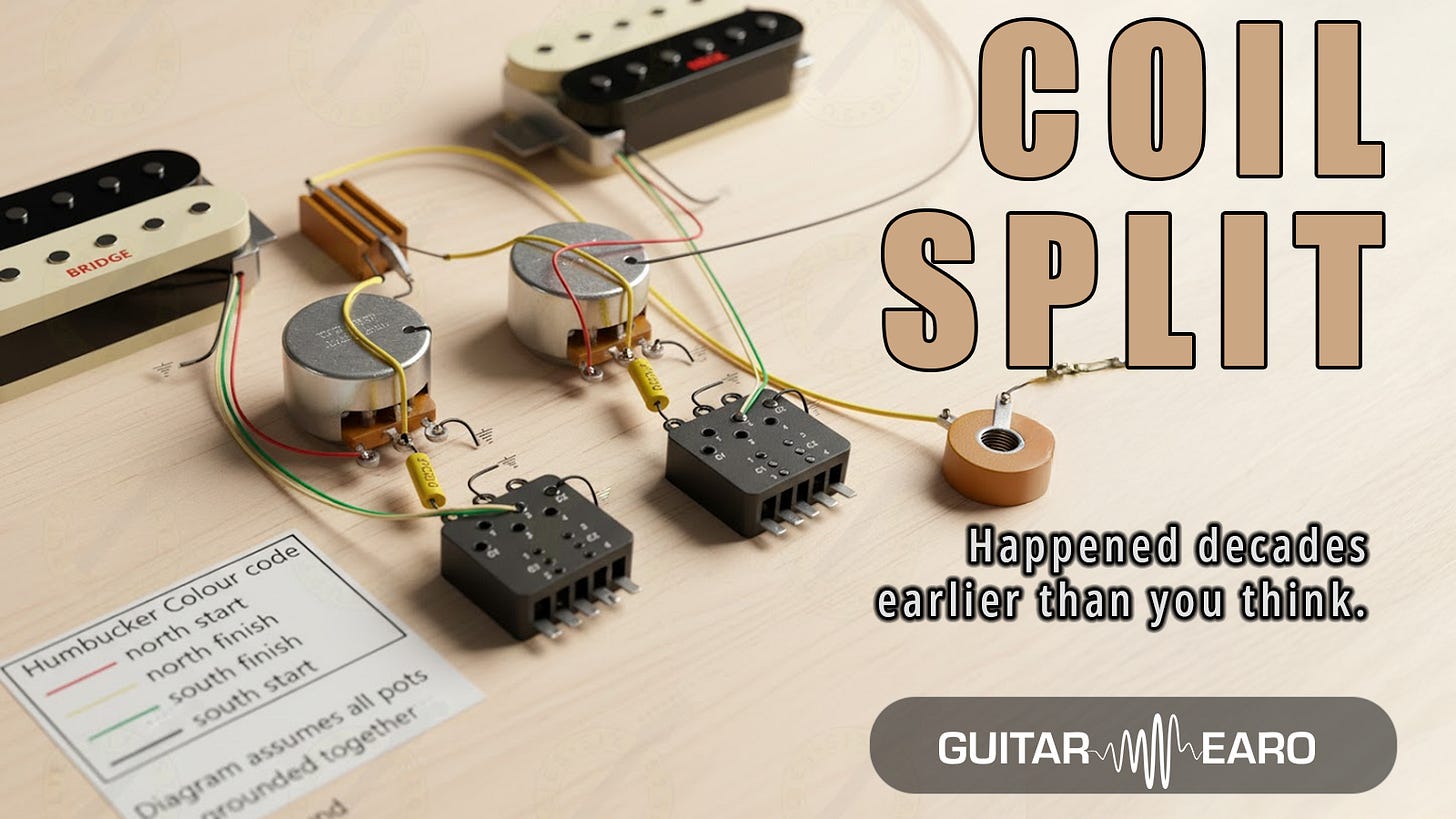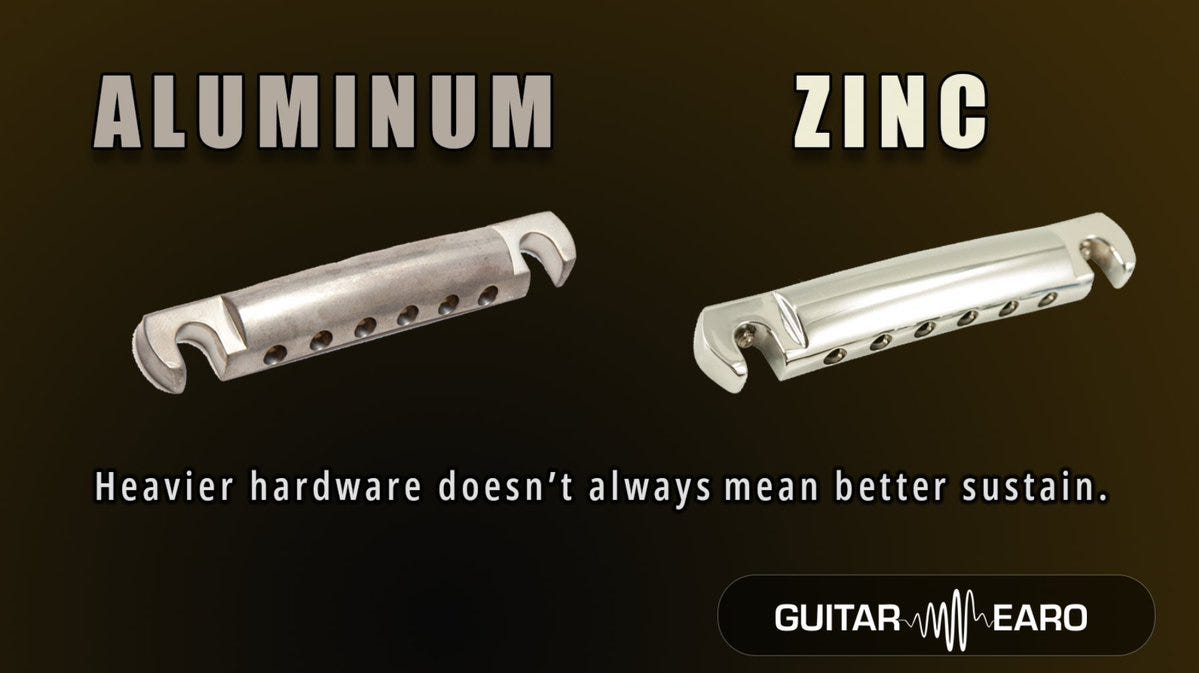Ask any Tele player what they think of the neck pickup, and you’ll often hear the same complaint:
“It’s too muddy.”
But here’s the twist: Leo Fender designed it that way.
In fact, the darkness wasn’t a flaw, it was the plan.
The Original Tele Wiring
When Fender launched the Esquire (1950) and later the Broadcaster/Telecaster, the 3-way switch wasn’t about “neck, middle, <a href="hardtail-vs-tremolo-does-the-bridge.html">bridge</a>” the way we know it today.
Instead, you got:
Bridge = bright, cutting lead tone
Neck = mellow, rolled-off highs (thanks to a metal cover)
Neck + capacitor = ultra-dark “bass” preset
That last setting was literally called the “dark circuit.”
Leo thought guitarists wanted three instruments in one:
A sharp treble voice for solos
A warm, jazzy rhythm sound
And a quasi-bass guitar emulation
On paper, it made sense. In practice, players hated it.
The Pickup Cover Problem
The real tone filter wasn’t just wiring. It was the pickup cover.
Early Tele neck pickups wore brass covers, which shave off treble like a built-in EQ.
Fender later shifted to nickel-silver, which preserved more clarity, but by then, the muddy reputation had stuck.
In other words, your tone was rolled off before you even touched the tone knob.
Why Players Revolted
By the late 1950s, guitarists had spoken: they didn’t want a fake upright bass. They wanted clarity.
The response?
Players literally ripped covers off their neck pickups
Techs rewired Teles to bypass the dark circuit
Aftermarket makers offered nickel-silver covers and “clearer” neck pickups
By the late ’60s, the Tele community had rewritten Leo’s vision.
What It Means for Tone Chasers
A few takeaways for anyone obsessed with Tele tone:
Cover metal = tone filter
Brass = darker, nickel-silver = clearer.
The “muddy neck” wasn’t an accident. It was Fender’s first design goal.
History flipped the script. What Leo thought players needed (warmth, darkness) wasn’t what they wanted.
The irony?
Today, Tele players crave neck sparkle more than ever. The “muddy neck” became a flaw to fix, not a feature to protect.
The Lesson
Designers don’t always get the last word. Sometimes history proves the builder wrong, and the players right.
👉 If you enjoyed this deep dive, subscribe to .
We bust tone myths with data, history, and cultural context, because when you Learn the Tone, you Save the Sound. 🎸




